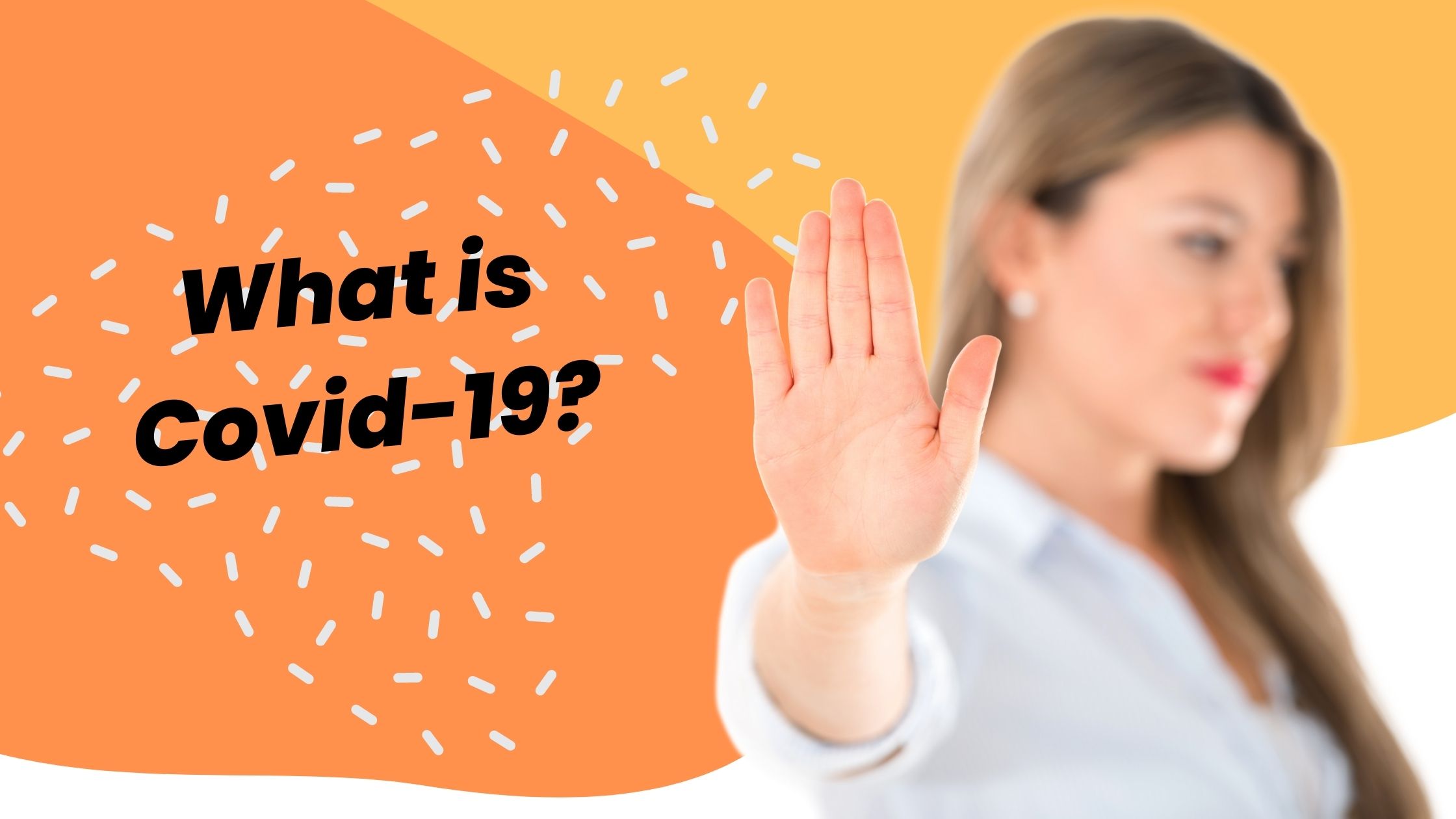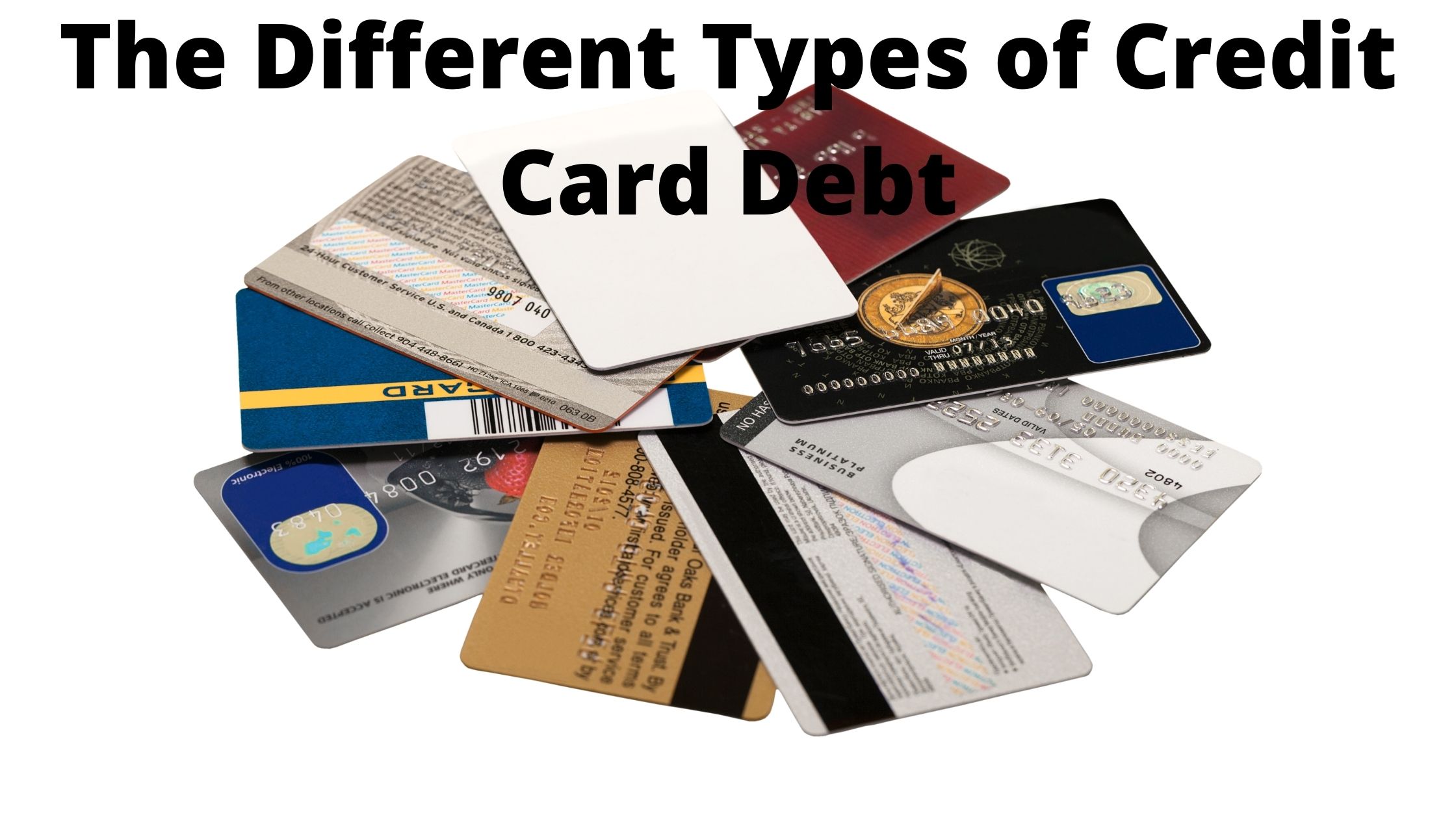Credit card debt can be a real financial burden, but there are ways to manage it effectively. In this guide, we’ll outline the steps you need to take to reduce your credit card debt and improve your credit score. We’ll also provide some tips for dealing with creditors if you get into trouble. so that you can manage your debt in the best possible way.
What is Covid-19?
Covid-19 is a pandemic that is currently affecting millions of people around the world. It is a highly contagious virus that can cause serious health problems, including pneumonia, encephalitis, and even death.
If you are concerned about your own health and the health of your loved ones, it is important to take steps to protect yourself and your finances. One way to do this is to manage your credit card debt.
credit card debt can be a financial burden, especially if you are not able to pay it off quickly. This is why it is important to learn about credit card debt management strategies.
There are a number of different ways to manage your credit card debt. You can try to reduce your spending, borrow money from family or friends, or file for bankruptcy. Whichever strategy you choose, make sure that you are comfortable with the risks involved.
If you are experiencing financial difficulty, please don’t hesitate to contact our team of experts for assistance. We can help you take the steps necessary to protect yourself and your loved ones from Covid-19.
The Different Types of Credit Card Debt
There are a variety of types of credit card debt, and it’s important to know the difference if you want to manage it effectively. Here are the different types of credit card debt:
1. Personal loan: A personal loan is a loan that you take out from a lender specifically to help you buy something or cover other expenses. You typically have to pay back this type of debt with interest, which makes it one of the more expensive types of credit card debt to carry.
2. Credit card balance: When you use your credit cards to purchase items, the money you spend goes right onto your credit card balance. This type of debt can be tough to manage because it often carries high-interest rates and requires regular payments in order to avoid getting into serious trouble.
3. Credit card limit: Just like personal loans, credit cards come with limits – usually set at $1,000 or $2,000 – that indicates how much money you can spend on each card before being required to pay back the entire balance in full. If you exceed your limit, you’ll likely face fees and penalties as well as higher interest rates on your remaining balances.
4. Credit score: Having good credit is important not
How to Handle Covid-Debt?
If you find yourself struggling to manage your credit card debt, there are a few things you can do to help improve your situation. Here is a practical guide to credit card debt management during Covid-debt.
The first step is to understand exactly what Covid-debt is and how it works. Covid-debt is a type of debt that is originated by the credit card companies. This type of debt is often referred to as “high-interest” or “junk” debt because it has high interest rates and is considered to be risky.
When you have Covid-debt, the credit card company can charge you interest rates that are much higher than normal. This means that you will have to pay a lot of money in interest over time if you don’t manage your debt carefully.
The second step is to understand your borrowing options. You may be able to reduce or even eliminate your debt if you take advantage of available borrowing options. There are many different types of loans available, so don’t hesitate to contact a loan specialist if you need help finding the right option for you.
Finally, it is important to take action to
What to Do If You Cannot Pay Your Credit Card Debt?
If you are facing credit card debt that you cannot pay, there are a few things you can do to manage the situation. First, try to negotiate with your creditor. This might require some effort on your part, but it could result in a lower interest rate or a reduction in the amount you owe. If negotiations fail, consider filing for bankruptcy. This will completely wipe out your credit score and will likely result in a reduction in the amount you owe. Finally, if all else fails, contact your credit card company and ask for help. They may be able to set up a payment plan or provide other assistance.
Conclusion
In the current economy, it’s more important than ever to take proactive steps to manage your credit card debt. Here are some tips on how you can do that:
1. Know your available credit limit. The first step is understanding your available credit limit so that you know what kind of loans you’re eligible for and don’t overextend yourself.
2. Pay off high-interest cards first. Credit card companies love to charge high interest rates because it makes financing those cards very lucrative for them – meaning you’ll end up paying a lot more in the long run than if you’d just paid off the card with the highest interest rate first.
3. Beware of promotional offers. Many times, promotional offers require an annual fee or other added costs, which ends up costing you even more money in the long run than if you had simply paid full price for the product or service involved.
4. Use a Debt Reduction Planner . This will help identify all of your options (

